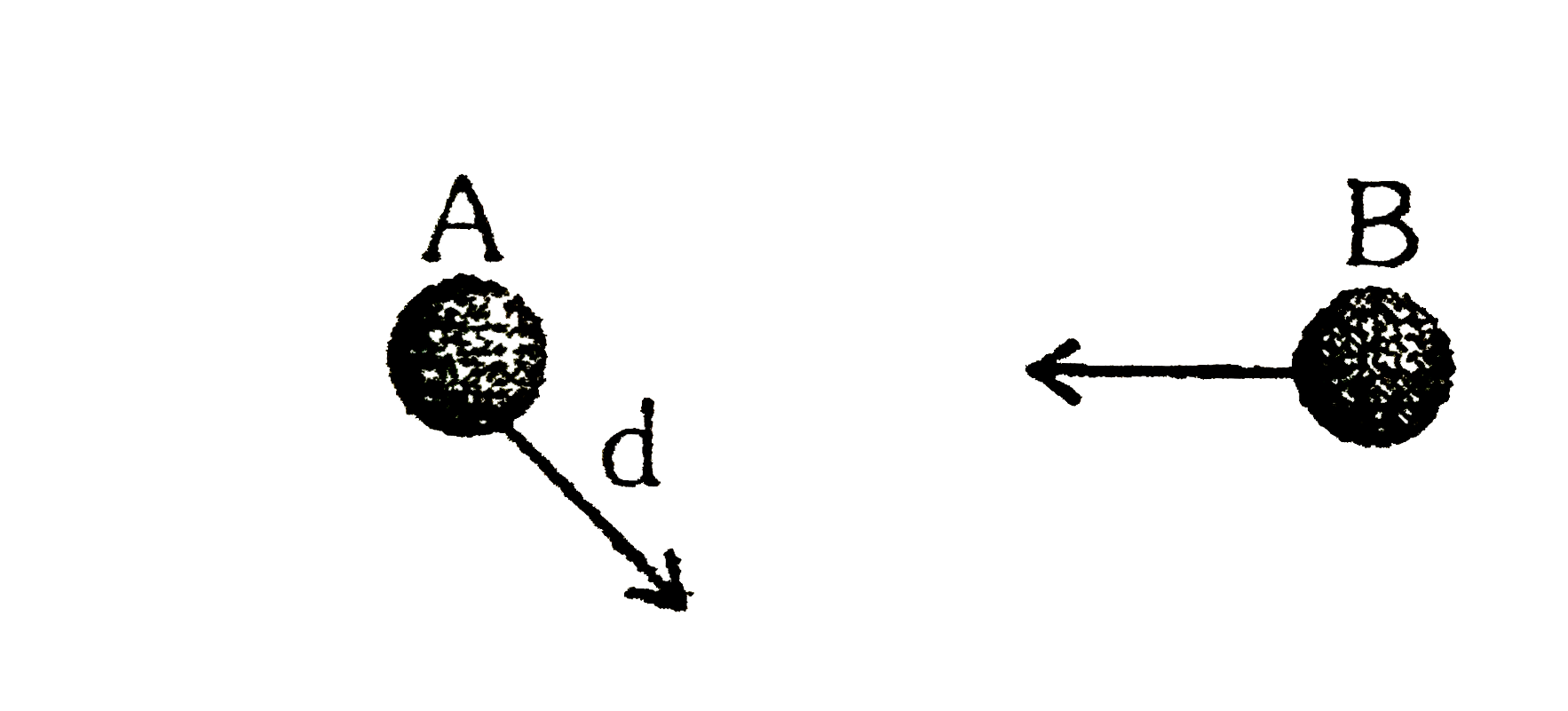Consider a gold nucleus to be a sphere of redius 6.9 fermi in whichprotons and neutrons are distributed. Find the force of repulsion between two protons situated at largest separaton. Why do thes protons not fly apart under this repulsion
To find the force of repulsion between two protons situated at the largest separation in a gold nucleus, we will follow these steps:
Step 1: Determine the radius and largest separation
The radius of the gold nucleus is given as r=6.9 Fermi. The largest separation between two protons will be equal to the diameter of the nucleus.
Largest separation=2r=2×6.9 Fermi=13.8 Fermi
To convert this to meters, we use the conversion 1 Fermi=10−15 m:
Largest separation=13.8×10−15 m
Step 2: Identify the charge of the protons
The charge of a proton is given as:
Q1=Q2=1.6×10−19 C
Step 3: Use Coulomb's Law to calculate the force of repulsion
Coulomb's Law states that the electrostatic force F between two charges is given by:
F=k⋅Q1⋅Q2r2
where k is Coulomb's constant, k=9×109 N m2/C2.
Substituting the values into the formula:
F=9×109⋅(1.6×10−19)⋅(1.6×10−19)(13.8×10−15)2
Step 4: Calculate the denominator
First, calculate (13.8×10−15)2:
(13.8×10−15)2=190.44×10−30 m2
Step 5: Substitute and simplify the force equation
Now substituting back into the force equation:
F=9×109⋅(1.6×10−19)2190.44×10−30
Calculating (1.6×10−19)2:
(1.6×10−19)2=2.56×10−38
Now substituting this value into the force equation:
F=9×109⋅2.56×10−38190.44×10−30
Step 6: Calculate the force
Now calculating the force:
F=23.04×10−29190.44×10−30≈0.1209×10−29+30=1.209 N
Step 7: Conclusion on why protons do not fly apart
Despite the calculated force of repulsion between the two protons being 1.209 N, the protons do not fly apart because the nuclear force, which is a strong force acting at very short ranges, is much greater than the electrostatic force of repulsion. This strong nuclear force binds protons and neutrons together within the nucleus, overcoming the electrostatic repulsion.
The radius of the gold nucleus is given as r=6.9 Fermi. The largest separation between two protons will be equal to the diameter of the nucleus.
The charge of a proton is given as:
Coulomb's Law states that the electrostatic force F between two charges is given by:
First, calculate (13.8×10−15)2:
Now substituting back into the force equation:
Now calculating the force:
Despite the calculated force of repulsion between the two protons being 1.209 N, the protons do not fly apart because the nuclear force, which is a strong force acting at very short ranges, is much greater than the electrostatic force of repulsion. This strong nuclear force binds protons and neutrons together within the nucleus, overcoming the electrostatic repulsion.
Topper's Solved these Questions
- BOOK - HC VERMA ENGLISHCHAPTER - ELECTRIC FIELD AND POTENTIALEXERCISE - question for short answer14videos
ELECTRIC FIELD AND POTENTIAL
- BOOK - HC VERMA ENGLISHCHAPTER - ELECTRIC FIELD AND POTENTIALEXERCISE - Objective 19videos
ELECTRIC FIELD AND POTENTIAL
- BOOK - HC VERMA ENGLISHCHAPTER - ELECTRIC FIELD AND POTENTIALEXERCISE - worked out Examples19videos
ELECTRIC FIELD AND POTENTIAL
- BOOK - HC VERMA ENGLISHCHAPTER - ELECTRIC CURRENT THROUGH GASESEXERCISE - Short answer6videos
ELECTRIC CURRENT THROUGH GASES
- BOOK - HC VERMA ENGLISHCHAPTER - ELECTROMAGNETIC INDUCTIONEXERCISE - Questions for short answer9videos
ELECTROMAGNETIC INDUCTION
Similar Questions
Find the electric force between two protons separted by a distance of 1 fermi (1fermi=1015m). The protons in a nucleus remain at a separaton of this order.
View SolutionConsider a sphere of radius R with harge density distributed as p(r)=kr fro r≤R=0 for r>R.
(a). Find the electric field as all points r.
(b) Suppose the total charge on the sphere is 2e where e is the electron charge. Where can two protons be embedded such that the force on each of them is zero. Assume that the introduction of the proton does not alter the negative charge distribution.View SolutionAssertion: Forces acting between proton-proton (fpp), proton -neutron (fpn) and neutron -neutron (fnn) are such that fpp<fpn=fnn.
Reason: Electrostatic force of repulsion between two proton reduces net nuclear forces between them.View SolutionSuppose ana attractive nuclear force acts between two protons which may be written as F=Ce−kr/r2, (a) Write down the dimensional formulae and appporpriate SI units of C and k. (b) Suppose that k=1fermi−1 and that the repulsive electreic force between the protons is just blanced by the attractive nuclear force when the separation is 5 fermi. Find the value of c.
View Solution(a) Two protons are placed at some separation in vacuum. Find the ratio of electric and gravitational force acting between them.
(b) Two point charges are placed at separation 3m in vacuum. What can be the minimum force between them.
(c ) A charge Q is to be divided on two objects. What should be the value of the charges in the objects so that the force between them is maximum ?
(d) Two insulating small spheres are rubbed against each other and placed 1.6cm apart. If they attract each other with a force of 0.9N, how many electrons were transferred from one sphere to the other during rubbing ?View SolutionThe elastic collision between two bodies, A and B, can be considered using the following model. A and B are free to move along a common line without friction. When their distance is greater than d=1m, the interacting force is zero , when their distance is less d, a constant repulsive force F=6N is present. The mass of body A is mA=1kg and it is initially at rest, the mass of body B is mB=3kg and it is approaching body A head-on with a speed v0=2m/s. Find the minimum distance between A and B :-
 View Solution
View SolutionTwo positively charged small particles, each of mass 1.7×10−27kg and carrying a charge of 1.6×10−19C are placed apart at a separation r. If each one experiences a repulsive force equal to its weight find their separation.
View Solution

